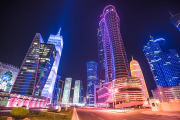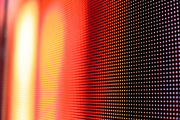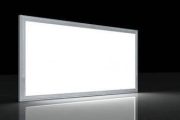Incandescent Light
Incandescent lamps, also known as tungsten filament lamps and light bulbs, are electric light sources that heat the filament to an incandescent state, and use thermal radiation to emit visible light.
Incandescent lamps only emit light from the thin filament, which is bright and dazzling and can easily cause glare. Some bulbs will soften the glass bulb of the cover to soften the light of the light source, but this also reduces the luminous efficiency of the light source.
The filament is lost during the evaporation process, and the bulb of the bulb is blackened, which makes the brightness of the bulb gradually weaken and cannot provide long-term and stable lighting. Because of the simple manufacturing process of this light source, many manufacturers with very low technical level can also start manufacturing, which makes the quality of this light source on the market vary.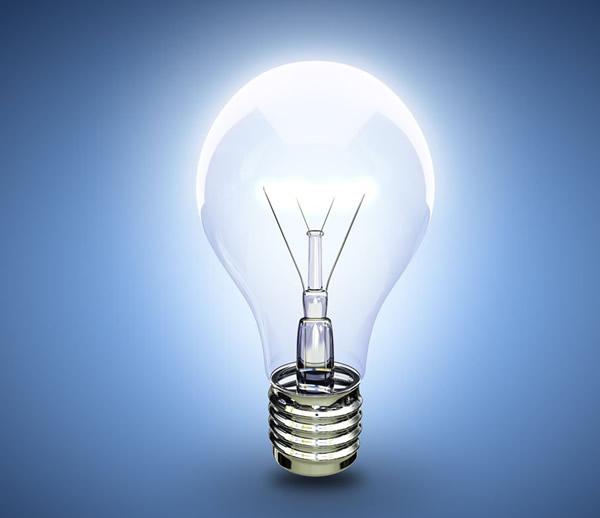
The advantages of incandescent lamps are easy to manufacture and low cost. Quick start, simple circuit, and low requirements for voltage stability. Therefore, it has been popular for over a century. Even so, due to energy consumption considerations, countries around the world have phased out ordinary incandescent lamps.
For consumers, although the price of ordinary incandescent lamps is low, it is a long-term account. Due to the high energy consumption and low lifespan, the electricity consumption and replacement costs are even greater, and the economic disadvantage is very obvious. Here, please do not continue to use ordinary incandescent lamps as the main lighting source, except in areas where the voltage is particularly unstable and for some special purposes.
Halogen Light
Lighting principle
Halogen lamps are also called lamp beads because of their small size. Its working principle is the same as that of ordinary incandescent lamps. It is also an electric light source that heats the filament to an incandescent state and uses thermal radiation to emit visible light. We can say that tungsten halogen lamps are an improved version of ordinary incandescent lamps.
The glass envelope of the halogen lamp is filled with some halogen element gases. Due to its working principle, the service life of the filament is not only greatly extended, but also because the filament can work at a higher temperature, resulting in higher brightness, higher color temperature and higher luminous efficiency. Like incandescent lamps, tungsten halogen lamps only emit heat from the thin filament part, and the temperature is higher, which is more bright and dazzling. At the same time, due to the strict requirements for heat dissipation, the glass bulb must be kept transparent and will not be treated with soft white.
Advantage
In terms of lighting quality, tungsten halogen lamps are very good. As mentioned earlier, tungsten halogen lamps are the benchmark light sources for measuring the color rendering index. The standard color temperature of halogen tungsten lamps is about 2900K. This color temperature gives people a warm and comfortable feeling. Tungsten halogen lamps can provide excellent color rendering at this color temperature at the same time, which determines its wide application in catering, display and other fields.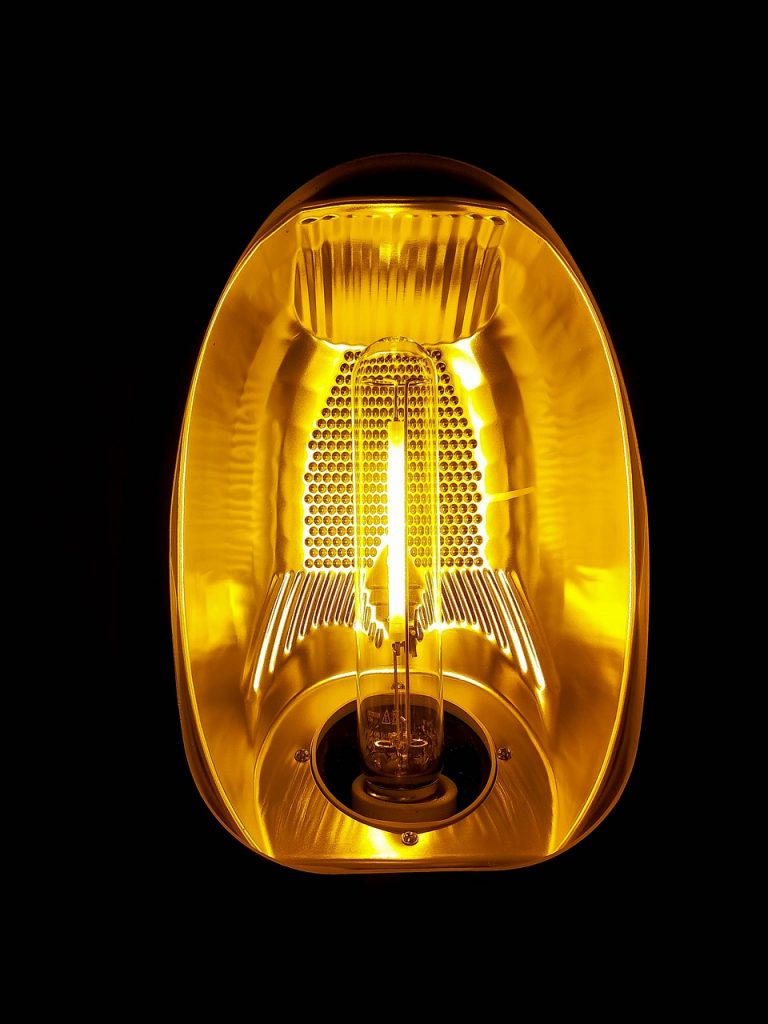
The tungsten halogen light source itself provides a sharp “hard light” in a very small size. It can be placed in a very small lamp bowl and use its “hard light” feature to create accent lighting with concentrated areas and clear boundaries. In the past 30 years, this light source has been the most commonly used light source for spotlights.
In addition, the lamp bowl and lampshade can also be used to soften it for general ambient lighting, and it is a good working light source with reasonably designed lamps. As far as the sensory experience is concerned, the colors of the items under the tungsten halogen lamp are significantly more pleasing to the eye than under the sun. In terms of effect, tungsten halogen lamps are the preferred light source for many consumers.
Disadvantage
As an improved product of incandescent lamps, tungsten halogen lamps have not changed the light-emitting principle, and the energy consumption is still very high. Compared with incandescent lamps, household tungsten halogen lamps need to be used with transformers, which is slightly inconvenient. Dangerously high heat is a fatal flaw of tungsten halogen lamps, especially when used as reading light. If the user is a little closer to the bulb, they can experience a distinct burning sensation. In order to withstand high heat, most lamps with tungsten halogen lamps as light sources are metal lamp bowls. Metal has high thermal conductivity, and accidental touch may also cause burns.
Fluorescent Light
working principle
That is, energy-saving lamps in the usual sense. Compared with traditional incandescent lamps, it has a longer rated life and consumes less energy.
The fluorescent tube is equipped with two filaments, and the filaments are coated with electron-emitting material, commonly known as electronic powder. The tube is filled with argon and a small amount of mercury. After being energized, under the action of AC voltage, the filament acts as cathode and anode alternately. Under the action of the electric field, the mercury atoms continuously radiate ultraviolet rays. Phosphors emit visible light when they absorb ultraviolet radiation.
Because the gas atoms inside the fluorescent tube are evenly emitting light, the light emitted by the fluorescent lamp is naturally soft, and even if you look directly at the exposed fluorescent light source, it will not feel particularly dazzling.
Features
The quality of a fluorescent light source depends on two factors, one is the quality of the lamp tube, and the other is the quality of the ballast. At present, the high-quality fluorescent lamps use tri-color electronic powder, which has high luminous efficiency and color rendering. Electronic ballasts have many advantages, such as instant start, no flickering, less heat generation, etc., and reduce power consumption by 20%-30% compared with traditional magnetic ballasts.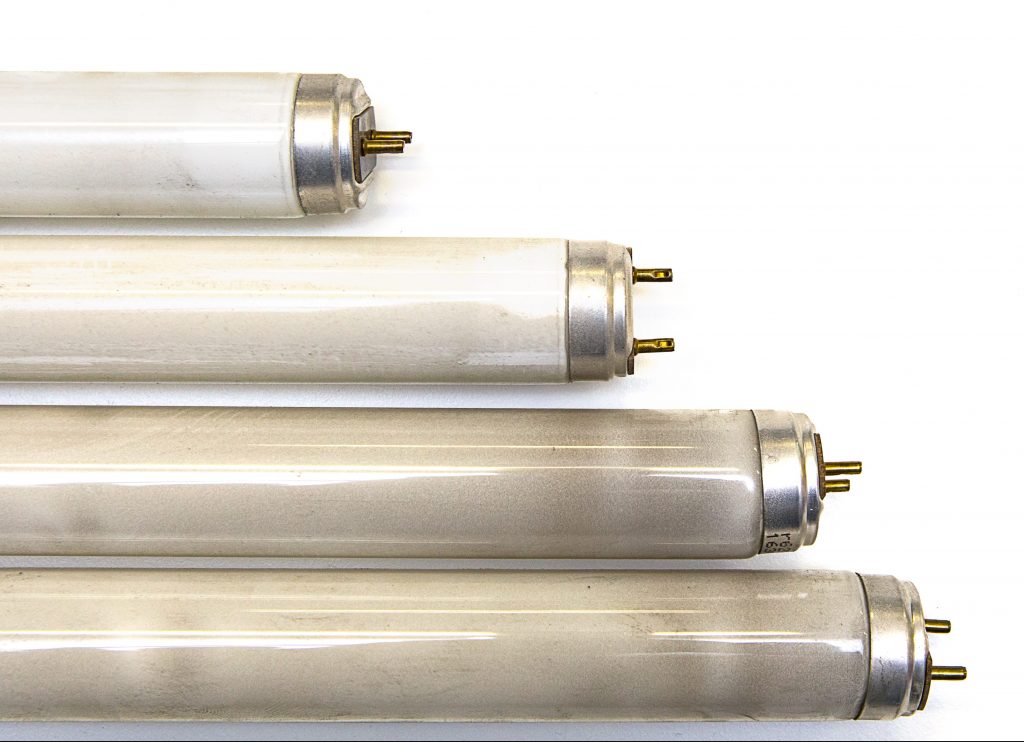
It should be noted that although tri-color electronic powder and electronic ballast technology have been popularized, not all manufacturers have mastered the formula and spraying process of high-quality tri-color electronic powder, as well as the high-quality electronic ballast. Production process and quality control system. Therefore, the fluorescent lamp products on the market are also mixed. Although there are many similar products on the market whose price is more than 50% lower than that of famous brand manufacturers, inferior fluorescent lamps cannot fully utilize the energy-saving features of this light source, and it is difficult to provide ideal lighting effects.
At present, the technology of fluorescent lamp light source products is mature and the products are abundant. In addition to the familiar straight tube lamps, ring lamps, and U-shaped lamps, there are also many fluorescent light sources with more compact designs, integrated ballasts and lamps, and can be directly adapted to the screw socket. It is no different from incandescent lamps in terms of volume and usage, and the adaptability is becoming more and more extensive. The fluorescent light is soft and safe, the color rendering is acceptable, and the cost performance and efficiency are relatively high.
LED Light
LED (Light Emitting Diode) is a solid-state semiconductor device that can convert electrical energy into visible light. It can directly convert electricity into light, and has outstanding advantages in high efficiency, energy saving and service life.
In theory, the energy consumption of white LEDs is only about 1/10 of incandescent lamps and about 1/4 of energy-saving lamps. Because it relies on chips to emit light, there is no filament and no glass bubble, so it is difficult to damage it in ordinary collisions that can occur in life, and its theoretical service life can reach 50,000 hours (the service life of ordinary incandescent lamps is only 1,000 hours. The lifespan of energy-saving lamps is only 8,000 hours). For ordinary home lighting, basically a lamp can work normally until you don’t want to use it.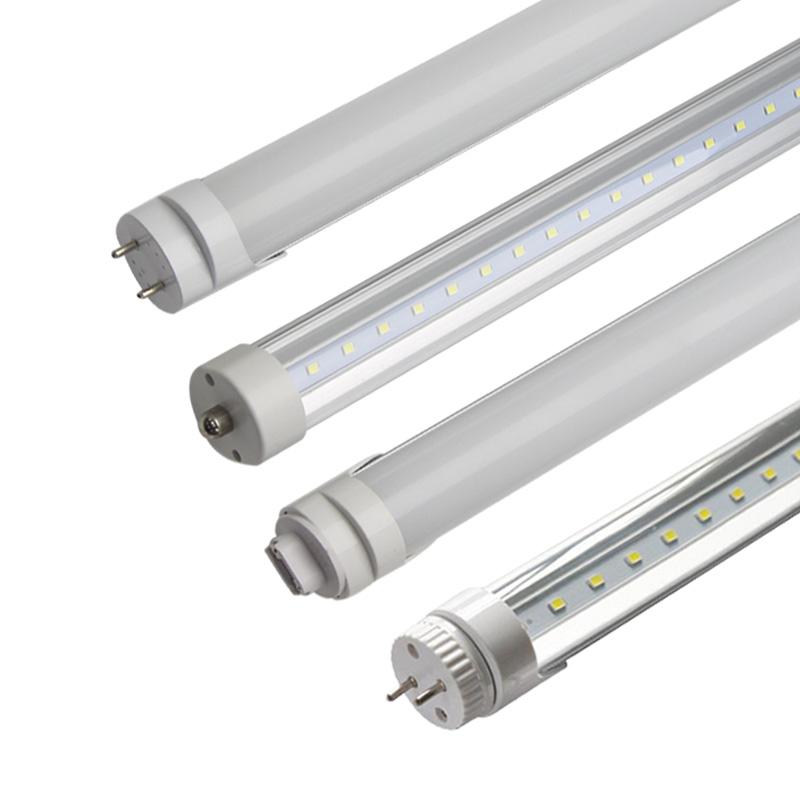
Although LEDs have the above-mentioned significant advantages, LEDs have fatal disadvantages even without considering their expensive price. First, the filaments of incandescent and tungsten halogen lamps emit light in all directions, and the entire tube of fluorescent lamps emits light in all directions. These light sources can collect light through a simple lamp bowl or lampshade to provide uniform and soft lighting.
The LED only relies on a single-sided chip to emit light, and the chip with an area of only a few square millimeters emits bright and dazzling light to one side. The light must be diffused by an optical lens (the diffused light is still bright and dazzling), and then reflected by a lamp for daily use. This process weakens the light. It greatly reduces the meaning of low energy consumption of LED light source.


